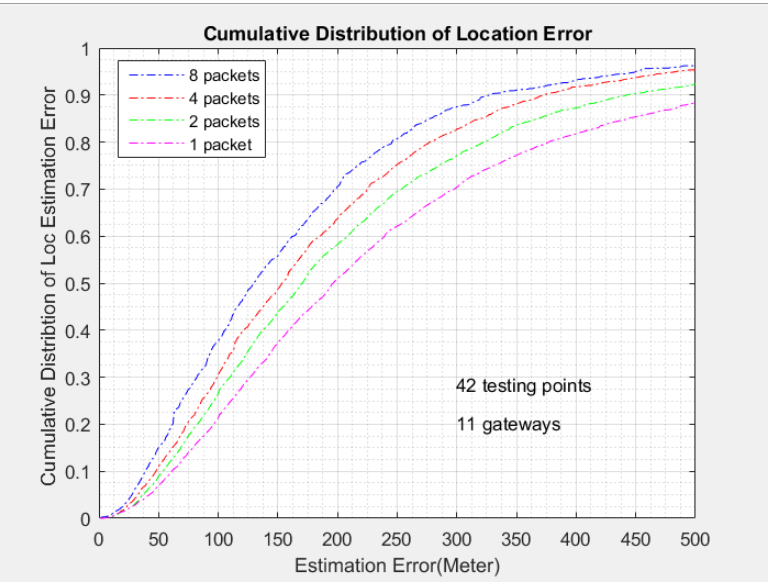On February 18th, Semtech announced:
[…] a next generation reference design platform for its LoRa™ RF gateway that will enable upgraded features, including GPS-free geolocalization for asset tracking applications, and is compatible with existing LoRa network infrastructure and existing deployed LoRa end-points.
[…]
The reference design platform has been licensed to several early adopters for LoRaWAN network deployments in 2016, and Semtech plans to enable more LoRa gateway licensees in the second quarter of 2016.
@johan said during the February 29th Tech Update (at 33’44"):
Regarding the LoRaWAN multilateration, so the localization by nodes: we are waiting for updates from Semtech. Semtech announced a few days ago an update on this.
Currently we have no data of when and to which accuracy we will provide localization. We will provide an update on this soon, I think in the coming weeks.
Problem is that the current hardware is not accurate enough to determine the timestamp of the time of arrival of an individual message. So that means that the accuracy of the localization is very limited, or not accurate enough to actually use in practice. But this is something that the LoRA Alliance is working on, and we are also contributing to this. And we’re doing our best to support localization as soon as possible.
Earlier, @Thomas wrote:
microchip will develop an SX1301 based module for the gateway
And, in the press release, Semtech also states:
The new reference design platform includes additional digital signal processing (DSP) alongside Semtech’s SX1301 baseband processor to enable the new features through a simple software upload.
I find that last paragraph hard to decipher… So, @johan and @Thomas: could the new reference design be an update for the TTN Gateway?


